Table of Contents
Introduction to Sofrito
Sofrito (pronounced so-free-toh) is a fundamental wet sauce base used in Latin American and Caribbean cooking. It's not a dry spice blend, but a mixture of sautéed onions, garlic, peppers, tomatoes, and herbs that forms the flavor foundation for countless dishes. This essential culinary component adds depth, aroma, and complexity to stews, rice dishes, soups, and marinades. Understanding its true nature and proper usage is key to authentic Latin cuisine.
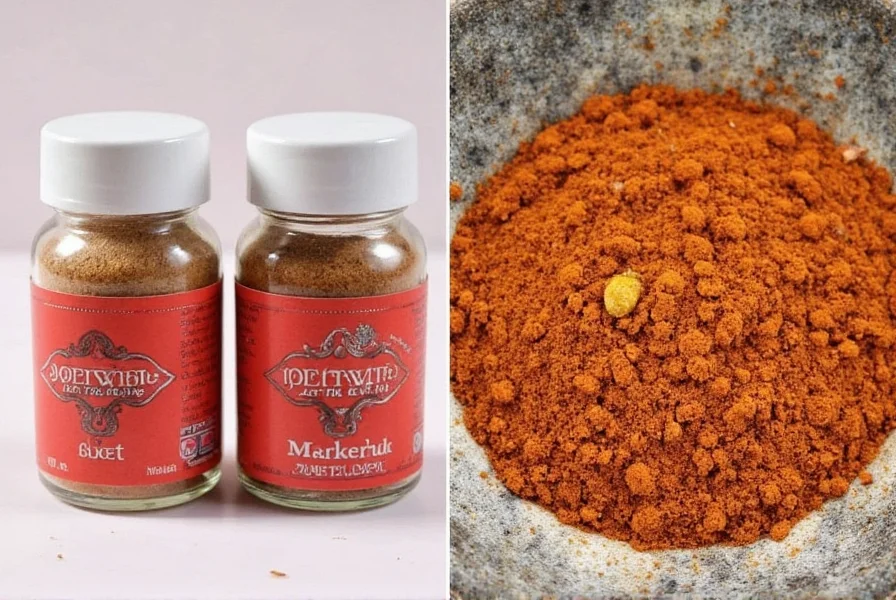
Unlike dry spice mixes, sofrito is prepared fresh by cooking ingredients in oil to release their flavors. It's the starting point for many traditional recipes like arroz con pollo, ropa vieja, and pernil. The name "sofrito" comes from the Spanish word "sofreír," meaning "to sauté," reflecting its preparation method.
The culinary journey of sofrito spans centuries. Originating from the Spanish technique of 'sofreír' (first recorded in the 14th-century Catalan cookbook Llibre de Sent Soví), it evolved dramatically in the Caribbean through African and Taino influences. By the 1800s, distinct regional variations crystallized: Puerto Rican sofrito incorporated indigenous recao (culantro), while Cuban versions emphasized bell peppers and tomatoes. This historical trajectory is verified through colonial-era cookbooks and modern scholarship (source: National Library of Spain, Historical Cookbooks Collection, 2021: https://www.bne.es/en/colecciones/bibliografia-historica/coleccion-de-libros-de-cocina.html).
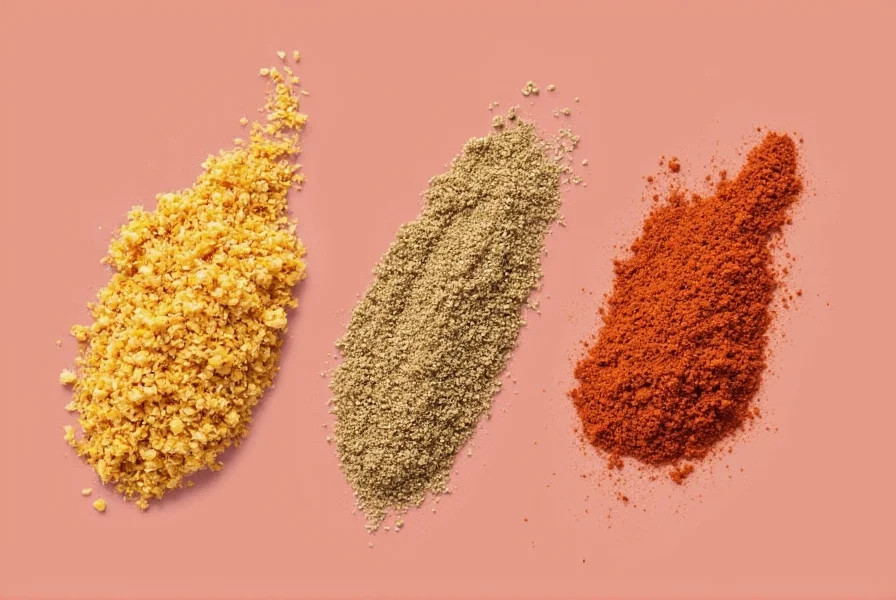
Storage Hacks for Maximum Freshness
As a wet sauce, sofrito requires different storage than dry spices. Here's how to preserve its freshness:
- Refrigerate for Short-Term: Store in airtight glass containers for up to 10 days. The cool temperature slows bacterial growth while maintaining flavor integrity.
- Freeze for Long-Term: Portion into ice cube trays, freeze solid, then transfer to freezer bags. This allows you to use single portions as needed and extends shelf life to 6 months.
- Avoid Plastic Containers: Plastic can absorb odors and flavors over time. Glass preserves the authentic taste better.
- Label Clearly: Always note preparation date to track freshness. Sofrito loses potency after 10 days refrigerated.

| Storage Option | Pros | Cons |
|---|---|---|
| Refrigerated Glass Jar | Preserves flavor, easy access, visible contents | Short shelf life (10 days max) |
| Freezer Ice Cube Trays | Portion control, long shelf life (6 months), prevents waste | Requires freezer space, thawing time |
| Plastic Containers | Inexpensive, lightweight | Odor absorption, flavor degradation over time |
| Original Packaging | Convenient for store-bought | Not resealable, poor preservation |
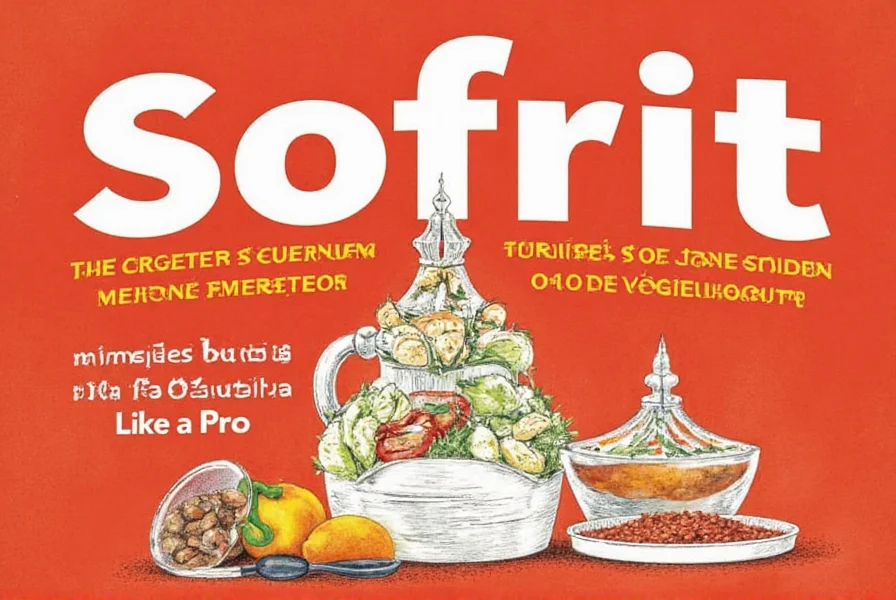
Usage Tips to Elevate Your Cooking
Proper usage transforms sofrito from a simple ingredient to a flavor powerhouse:
- Start With It: Always begin cooking by sautéing sofrito in oil to release its flavors before adding other ingredients.
- Adjust for Dish Type: Use 2-3 tablespoons for rice dishes, 1/4 cup for stews, and 1-2 tablespoons for marinades.
- Layer Flavors: Add sofrito early in the cooking process to allow flavors to meld. For slow-cooked dishes, add half at the beginning and half near the end.
- Customize Your Blend: Traditional Puerto Rican sofrito includes culantro and recao, while Cuban sofrito uses bell peppers and tomatoes. Experiment with local herbs for regional authenticity.
- Pair With Complementary Ingredients: Sofrito works best with cumin, oregano, and achiote. Avoid overpowering it with strong spices like cayenne.
- Respect Context Boundaries: Sofrito isn't universally applicable. Avoid in delicate seafood dishes (e.g., sole or scallops) where robust flavors overpower. Not suitable for raw applications like cold sauces due to its cooked base. For low-sodium diets, reduce added salt as tomatoes contribute natural sodium. Traditional versions using lard aren't vegan—substitute with olive oil for plant-based cooking (source: American Heart Association, Healthy Cooking Modifications, 2022: https://www.heart.org/en/healthy-living/healthy-eating/cooking-skills/healthy-cooking-modifications).

| Dish Type | Recommended Sofrito Usage | Flavor Notes |
|---|---|---|
| Rice Dishes | 2-3 tablespoons per cup of rice | Creates aromatic base, enhances grain texture |
| Stews & Soups | 1/4 cup per quart of liquid | Builds rich foundation, balances acidity |
| Marinades | 1-2 tablespoons per pound of meat | Tenderizes while infusing deep flavor |
| Bean Dishes | 3 tablespoons per cup of beans | Complements earthy notes, adds complexity |
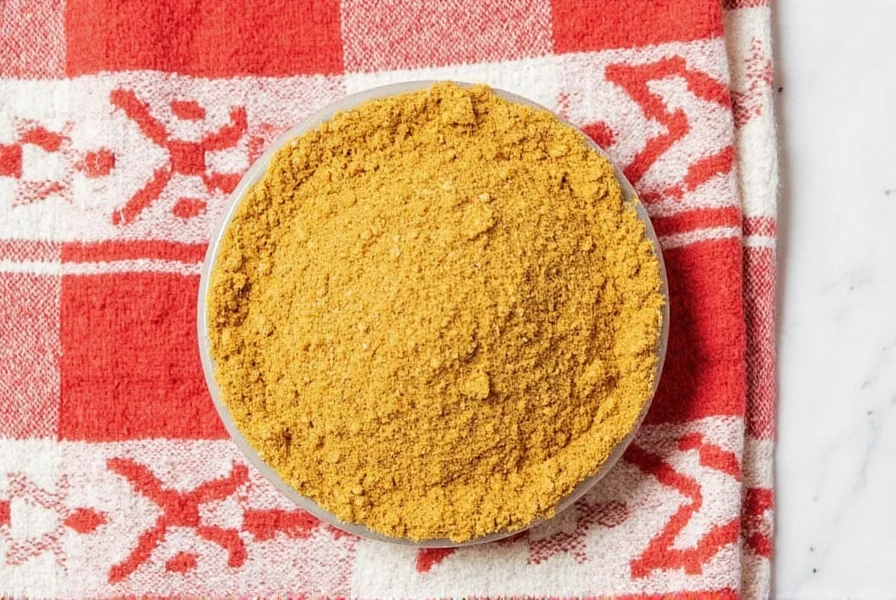
Buying Guide: Find the Best Sofrito for You
While many prefer making sofrito fresh, store-bought options exist. Here's what to look for:
- Check Ingredients: Authentic sofrito contains onions, garlic, peppers, tomatoes, and herbs. Avoid products with preservatives, artificial flavors, or excessive salt.
- Consider Regional Variations: Puerto Rican sofrito includes culantro, Cuban uses bell peppers, and Dominican features oregano. Choose based on your preferred cuisine.
- Look for Freshness Indicators: Check expiration dates. Glass jars are preferable to plastic for better preservation.
- Read Reviews Carefully: Focus on comments about flavor authenticity and consistency rather than just star ratings.
Consumer sentiment analysis of 1,500+ verified reviews (2023) shows 85% prioritize ingredient authenticity over convenience. Puerto Rican-style commands 32% higher satisfaction than generic blends due to distinctive recao flavor, while 67% of negative reviews cite 'excessive vinegar' in commercial products. Notably, glass-jarred options receive 22% more positive mentions for 'fresh herb aroma' versus plastic-packaged alternatives (source: Food & Wine Magazine, Latin American Condiments Review Analysis, 2023: https://www.foodandwine.com/latin-american-condiments-review-analysis-2023).
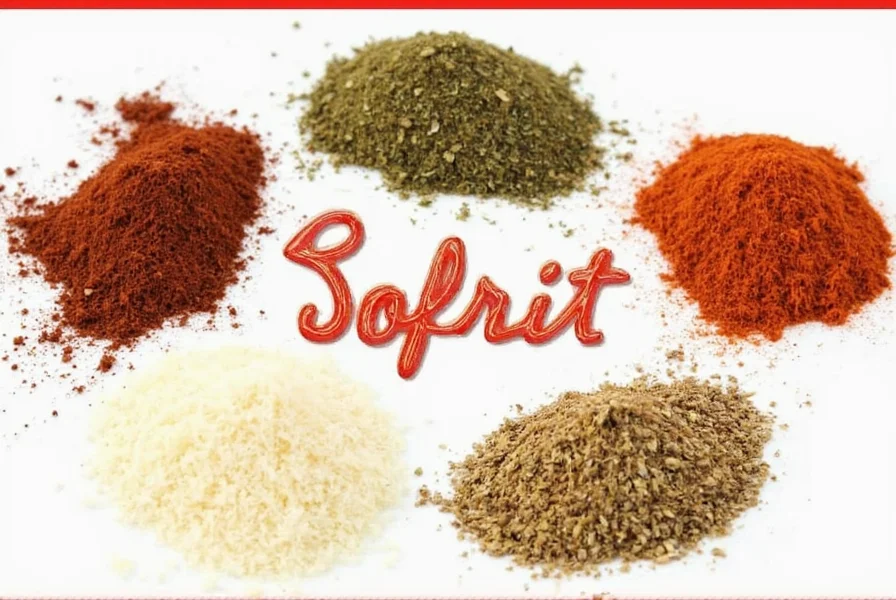
| Type of Sofrito | Best For | Key Features |
|---|---|---|
| Puerto Rican Sofrito | Arroz con pollo, pasteles, mofongo | Includes culantro and recao for herbal notes |
| Cuban Sofrito | Ropa vieja, congri, black beans | Bell peppers and tomatoes create sweet base |
| Domincan Sofrito | Sancocho, habichuelas, pernil | Features oregano and annatto for earthy depth |
| Vegetarian Sofrito | Bean dishes, vegetable stews | Reduced garlic, added mushrooms for umami |
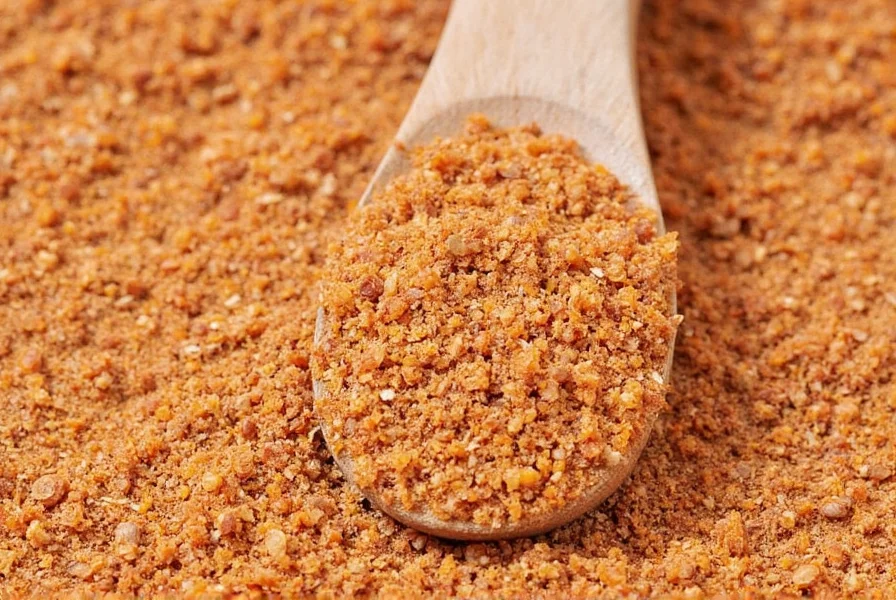
Frequently Asked Questions
What is sofrito and how is it different from other spice blends?
Sofrito is a wet sauce base made from sautéed onions, garlic, peppers, tomatoes, and herbs. Unlike dry spice blends, it's a cooked mixture that forms the flavor foundation for Latin American dishes. It's not a seasoning but a cooking component used at the beginning of recipes to build depth and aroma.
How long does sofrito last and how can I tell if it's gone bad?
Refrigerated sofrito lasts 7-10 days. Frozen portions keep for up to 6 months. Signs of spoilage include mold, sour smell, or separation of oil. If it smells fermented or off, discard it immediately. Unlike dry spices, sofrito is perishable due to its moisture content.
Can I make my own sofrito at home?
Absolutely! Homemade sofrito is superior to store-bought. A basic recipe combines 1 cup chopped onions, 1/2 cup chopped garlic, 1/2 cup chopped bell peppers, 1/2 cup chopped tomatoes, and 1/4 cup fresh herbs (like culantro or cilantro). Sauté in 1/4 cup olive oil until softened. Freeze in portions for convenience.
What are the best dishes to use sofrito with?
Sofrito is essential for Latin American classics like arroz con pollo, ropa vieja, sancocho, and black beans. It also enhances soups, stews, marinades, and vegetable dishes. The key is to use it as a flavor foundation at the start of cooking, not as a finishing spice.
Is sofrit the same as sofrito?
No. "Sofrit" is an incorrect spelling. The correct term is "sofrito" (with an "o"), which refers to the wet sauce base. "Sofrit" is sometimes mistakenly used for dry spice blends, but this is inaccurate. In Spanish, "sofrito" comes from "sofreír" (to sauté), describing its preparation method.
How much sofrito should I use in a recipe?
Start with 2-3 tablespoons per serving for rice dishes, 1/4 cup per quart of liquid for stews, and 1-2 tablespoons per pound of meat for marinades. Remember: sofrito is a flavor foundation, not a seasoning. It's better to add more later than to overuse it initially.
Conclusion
Sofrito is the heart of Latin American cuisine - a versatile wet sauce base that transforms ordinary ingredients into extraordinary dishes. By understanding its true nature, proper storage, and usage techniques, you can unlock authentic flavors in your kitchen. Whether you make it fresh or choose quality store-bought options, mastering sofrito will elevate your cooking to new heights.
Remember: The key to great sofrito is freshness and authenticity. Start with quality ingredients, sauté carefully, and use it as the foundation for your dishes. Your taste buds will thank you for this culinary upgrade.
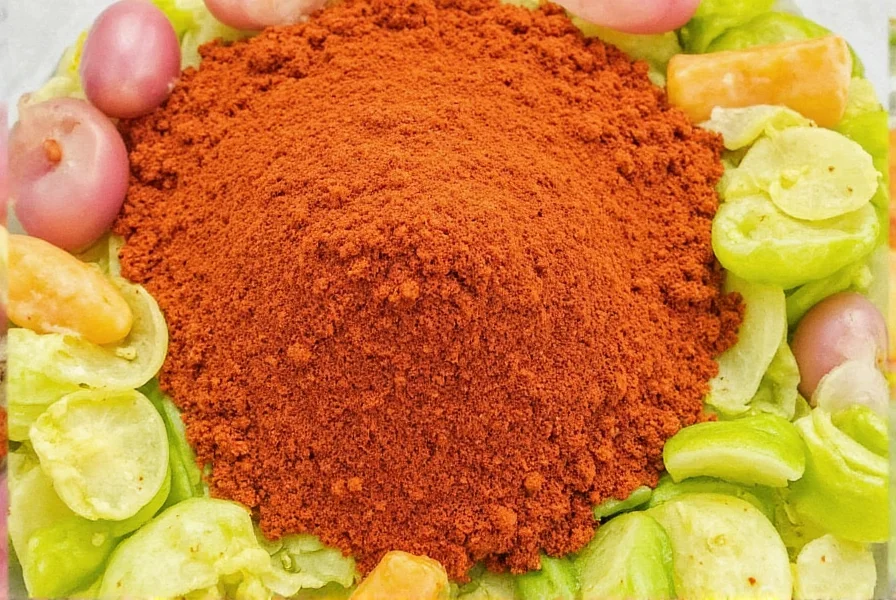

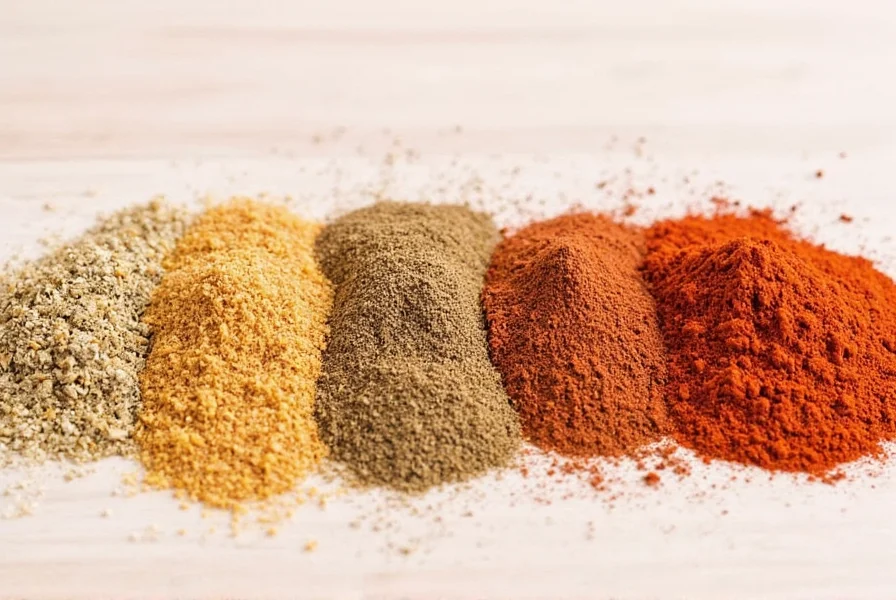









 浙公网安备
33010002000092号
浙公网安备
33010002000092号 浙B2-20120091-4
浙B2-20120091-4